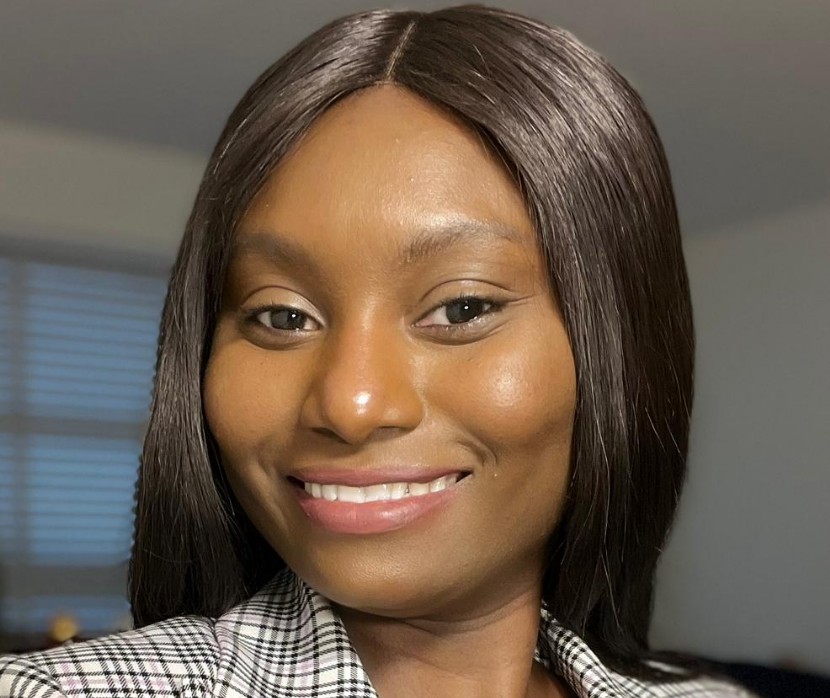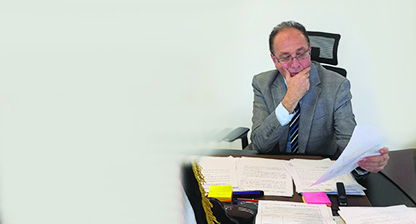Dr Charity Oritseweyimi Ogunlusi, MBBS, MPH, is a medical doctor and infectious disease epidemiologist whose work bridges clinical practice, outbreak response, and academic research. A graduate of Delta State University and Columbia University’s Mailman School of Public Health, she has contributed to major public health efforts, including Monkeypox, Lassa fever, and COVID-19 responses.
Her experience spans clinical care, epidemiological research, and health systems strengthening across Nigeria and the United States. Passionate about improving patient outcomes, she continues to explore the intersection of infectious diseases, palliative care, and critical illness recovery through research and evidence-based public health practice. In this interview, she discusses her journey from frontline medicine to global health research, the lessons learned from epidemic responses, and her vision for building resilient, equitable health systems worldwide.
You trained as a physician before transitioning into research on infectious diseases and public health. What motivated you to take this cross-disciplinary path, and how has it positioned you to make unique contributions in global health?
While practising medicine in Nigeria, I witnessed how delayed diagnoses, inadequate prevention systems, and infectious diseases affected entire communities, not just individual patients. I realised those problems couldn’t be solved through medicine alone. That’s what led me to public health and infectious disease research, where my clinical experience helps me tackle these challenges on a broader scale and design people-centred solutions that truly strengthen communities and health systems.
Having bridged patient care and research innovation, what advantages has this dual perspective given you in solving persistent global health challenges?
Bridging patient care and research has given me a unique perspective on global health challenges. From clinical work, I understand the everyday realities people face—what actually works in real settings. Research, on the other hand, has taught me how to ask the right questions and use evidence and data to guide better decisions. Together, these experiences help me design solutions that are practical, culturally relevant, and more likely to be accepted and sustained in real-world settings.
During your days as a medical officer, you worked directly on Monkeypox and Lassa fever outbreak responses and then the COVID-19 pandemic. How did your contributions help shape more effective epidemic response strategies in Nigeria’s outbreak preparedness?
During my time as a medical officer, I played a frontline role in Nigeria’s response to Monkeypox, Lassa fever, and later, the COVID-19 pandemic. My work combined clinical care with public health coordination. I was involved in case identification, isolation, management, and contact tracing, as well as supervising the safe transfer of patients to infectious disease hospitals and ensuring timely reporting to public health authorities.
I also helped train health workers and educate communities on infection prevention and control, and early detection. These efforts strengthened local surveillance, improved coordination between clinics and surveillance teams, and ultimately enhanced Nigeria’s outbreak response capacity. Across several outbreaks, our teams consistently reinforced the importance of early detection and community engagement. These strategies have since become key pillars of Nigeria’s national epidemic preparedness framework.
Your academic journey later took you to Columbia University, an Ivy League institution and one of the world’s prestigious public health research centres. How did training in this environment expand your ability to design solutions with global applicability?
At Columbia, I was immersed in a really rigorous, interdisciplinary environment that pushed me to think both scientifically and practically. I worked on real-world projects where we adapted things like disease surveillance systems, outbreak response strategies, and health communication tools for low-resource settings. Working with experts across medicine, epidemiology, and data science helped me understand how to make solutions globally adaptable, and how tools developed in places like the U.S. can be scaled to strengthen health systems in countries like Nigeria.
I also got hands-on experience with how large health systems work—how data, policy, and patient care all connect. Through research, I used tools like REDCap and mobile-based surveillance to improve data collection and health outcomes, and that really showed me how technology can help bridge resource gaps. It taught me how to design solutions that aren’t just technically sound, but also practical, whether you’re working in New York or in a lower-resource setting like Nigeria.
Columbia’s focus on systems thinking, equity, and implementation science also pushed me to tailor tools like digital contact tracing and community-based risk communication to fit different local contexts. Altogether, the experience made me much better at building solutions that are not only evidence-based but also globally relevant and scalable.
While at Columbia, you contributed to advancing palliative care research and wastewater-based disease surveillance. Can you describe how these projects led to tangible contributions—such as new tools, protocols, or insights—that are now being used by other researchers or health systems?
While studying at Columbia, I worked on two major projects that produced tangible outcomes now guiding ongoing research. In palliative care, I helped develop and validate the Palliative Care Knowledge, Attitudes, and Confidence (PC-KAC) survey, a research instrument that measures how well home-health clinicians are equipped to deliver end-of-life care. It’s now being used to train and evaluate clinicians across multiple home-health agencies, helping improve the quality of palliative care delivered outside hospital settings.
In parallel, my work on wastewater-based disease surveillance supported New York State’s efforts to track community-level COVID-19 trends using wastewater data. By improving data-cleaning and mapping protocols that refined models linking viral concentrations to real-time infection trends, our team helped refine early-warning systems for outbreaks.
This experience deepened my understanding of how data from environmental systems can guide early outbreak detection, especially in communities with limited clinical testing. The analytical approaches we developed are now being adapted by other states and public health agencies to strengthen infectious disease surveillance infrastructure.
Building on your experience across epidemic response, critical care recovery, and health policy research, how do you envision integrating these fields to strengthen future pandemic preparedness and health system resilience?
Based on my experience with epidemic response, recovery, and health policy research, I see a real need to bring these areas together more closely. What I imagine is a system where data moves seamlessly between outbreak teams, hospitals, and policymakers. For example, real-time surveillance could trigger hospitals to increase ICU capacity and prepare staff before things get overwhelming.
At the same time, policies should support not just emergency response but also recovery services like rehabilitation and mental health support. The key is making sure response, recovery, and policy all work hand in hand, so interventions are practical, fit the local context, and are sustainable. By connecting these through shared data and collaboration, we can build health systems that are not only better prepared for future pandemics but also more resilient overall.
You have led voluntary medical missions serving under-resourced communities in Nigeria. What measurable health improvements resulted from those missions, and what long-term strategies do you believe are essential to strengthen health equity?
During voluntary missions in rural communities across Delta and Lagos states, our team provided free care for common but overlooked conditions like malaria, hypertension, and maternal health. We also offered preventive education, promoted vaccination awareness, and trained local healthcare workers in infection prevention. For several cases, we ensured safe hospital referrals.
These experiences reshaped how I view healthcare. I realised that lasting impact doesn’t just come from short-term aid alone; rather, it comes from strengthening local systems and empowering communities. When people understand prevention and have access to the right tools, health outcomes improve long after the mission ends.
To advance equity, I believe in two core strategies: decentralising healthcare delivery and empowering community health workers to serve as the first line of response. Sustainable change happens when local systems can function independently, through education, surveillance, and access to affordable, accessible care. That principle continues to guide how I approach global health and innovation today.
Looking back at your journey, from outbreak response in Nigeria to research roles in the United States, what do you consider your single most globally significant contribution, and why? How do you plan to build on it to shape future innovations in the field?
Looking back, I’d say my most meaningful contribution has been helping strengthen how health systems prepare for and respond to infectious disease outbreaks. During the Monkeypox and Lassa fever outbreaks in Nigeria, I worked directly on infection control, patient isolation, and community awareness—ensuring suspected cases were identified early, treated safely, and reported on time. It was hands-on, often intense work, but it taught me how critical coordination and local capacity are to stopping outbreaks before they spread.
That experience shaped how I approached public health research later at Columbia University, where I helped design and test tools that made health data collection and education more effective. For example, in our palliative care studies, I helped develop practical survey instruments that measured clinicians’ confidence and knowledge, leading to better patient communication and care delivery.
Across both settings, what connects my work is a focus on systems—building processes that make healthcare more resilient and accessible. Going forward, I hope to keep bridging that gap between research and real-world practice, creating scalable models that make health systems stronger long before the next outbreak begins.






